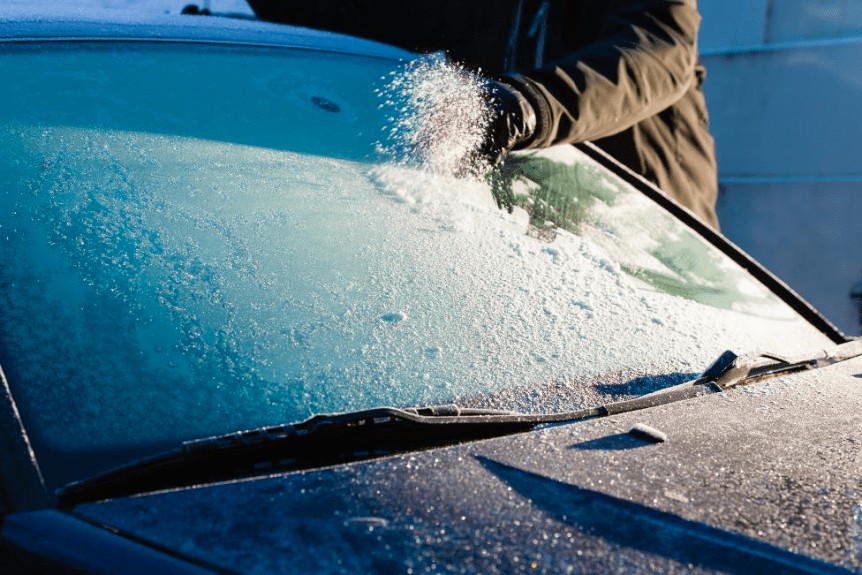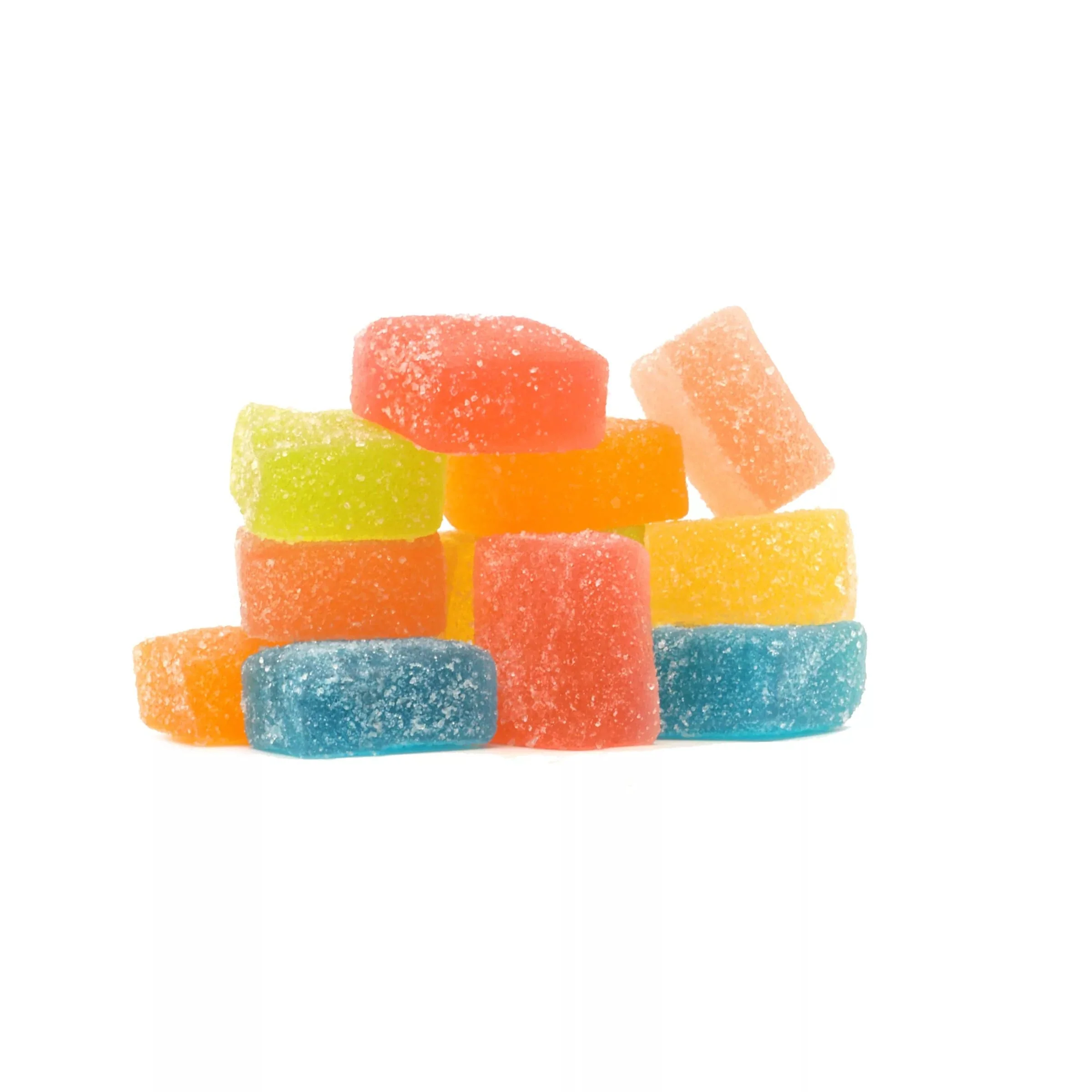Winter weather can cause all kinds of problems for drivers. It can make the roads slippery and hard to navigate, and it can ice over your car windows so that you can’t see where you are going.
If you drive in an area with lots of snow, ice or freezing rain, it’s important to know how to safely de-ice your car’s windshield. Here are what you should know:
Use hot water
Heat up water in a pot on the stove and pour it onto your windshield with a sponge or rag. This will melt any frost or ice left behind by snow or sleet. It also works best if you use hot water instead of cold water because hot water melts ice more quickly than cold water does.
Use de-icing spray
You can buy products like Rain-X, which comes in a spray bottle, or other brands that work similarly — just be sure to read the label before using them so you know how much product should be applied per square foot of surface area (the packaging will tell you).
First, don’t use rock salt or other abrasive powders on your windshield. These will scratch the glass and make it easier for snow and ice to stick. Instead, use sand or kitty litter instead of salt; they will provide traction without damaging the glass.
Second, don’t apply ice melt directly on your windshield wipers. This could damage them and cause them to freeze during future winters. Instead, spray a light mist of ice melt onto your wipers and let it soak in before starting your car; this will give you better results than applying directly to the wiper blades themselves.
There are several different types of products available for de-icing your windshield. The most common type is an aerosol can that you spray onto the windshield and then wipe off with a paper towel. The spray penetrates the ice and softens it so it can be easily removed from the glass.
Another type of product is one that comes in a bottle with a brush attached to the top. These products are used by brushing them over the windshield, which helps loosen any ice or snow on the glass. They are also easy to use, since you don’t have to worry about spraying anything on your car or yourself.
A third option is a gel that you rub into your car’s windshield wipers before heading out on a winter trip. This gel keeps your wipers from freezing up while driving in cold weather conditions as well as helping prevent ice from accumulating on your windows once they start forming after exposure.






